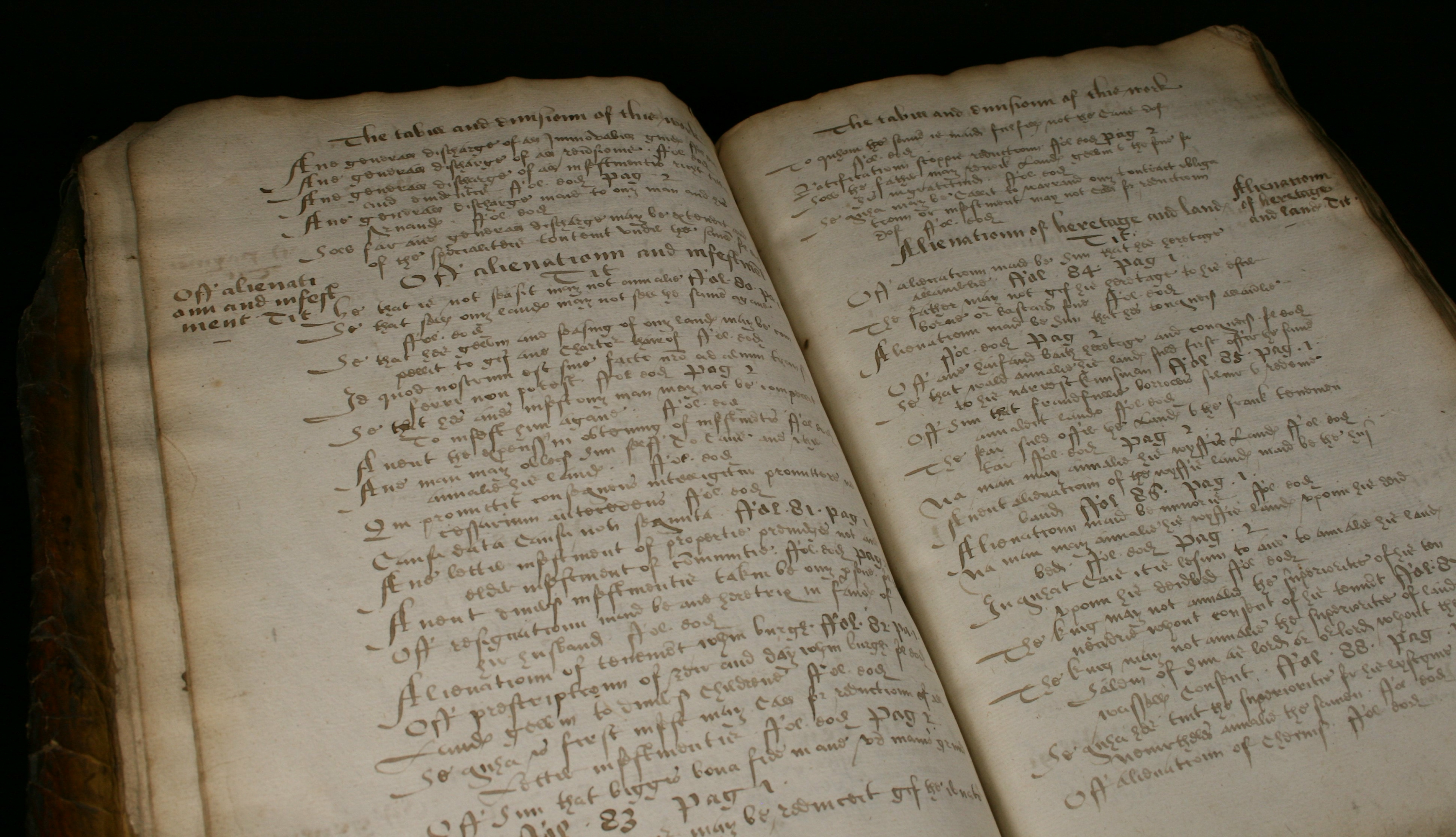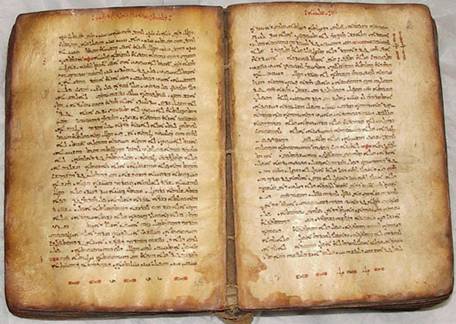
“It can get students and the general public interested in history, and scholars might discover new things from things they see on the originals.” “The originals can often spur an interest and fascination with the past that is hard to replicate,” he says. Patrick Spero, director of the American Philosophical Society Library, tells Ao that the more students can engage with original documents, the more history seems tangible. Those documents along with others make up the bulk of the digitized collection. They were kept at the State Department before being transferred to the Library of Congress in 19. An American book dealer purchased the papers and in 1882 sold them and other Franklin papers to the U.S.

Some of the documents had been cut up to make tailoring patterns. In 1840, the original copies of the documents William Temple Franklin had published abroad were found in bundles in the shop of his former landlord, a tailor. Those papers are now at the American Philosophical Society in Philadelphia and the University of Pennsylvania. The rest were left behind with his friend George Fox. Following his death in 1790, his grandson William Temple Franklin took a selection of papers to England to be published as the Memoirs of the Life and Writings of Benjamin Franklin. In the last 14 years of his life, however, the ever-prolific Franklin produced many more papers. Franklin’s papers were scattered or destroyed, with only a few recovered. While Franklin was away, however, Galloway sided with the British and as a result his house was sacked. to serve as ambassador to France, and left 20 years worth of correspondence with his friend Joseph Galloway, a member of the Continental Congress from Pennsylvania. In 1776, in the midst of the Revolutionary War, Franklin left the U.S. While the 8,000 documents only represent a portion of Franklin’s papers, we’re lucky to have so many.

You can picture them writing in candlelight and understand their thinking process a little better.” “The original manuscripts show how messy the letter was. “Sometimes the transcription doesn’t fully represent the letter,” Julie Miller, curator of early-American manuscripts at the Library of Congress tells Ao. There is one of his original drawings of bifocal glasses, which he invented as well as a letter explaining his electricity experiment with a church steeple. Among the documents are letters to George Washington, John Adams, George III and Thomas Jefferson. Now, reports 's Bethany Ao, the public can take a peek inside the mind of Franklin: the Library of Congress has digitized around 8,000 documents including personal letters, scientific drawings and other papers from his storied life and career.Īccording to a press release, most of the items date from the 1770s and 1780s. But reading typewritten versions of his personal notes or letters really only tells half the story-it leaves out the scribbles, little illustrations and jottings that decorate the original manuscripts where you can see the revolutionary thinker thinking things over.

Most of Benjamin Franklin's surviving writings have been transcribed and published in physical texts and online.


 0 kommentar(er)
0 kommentar(er)
